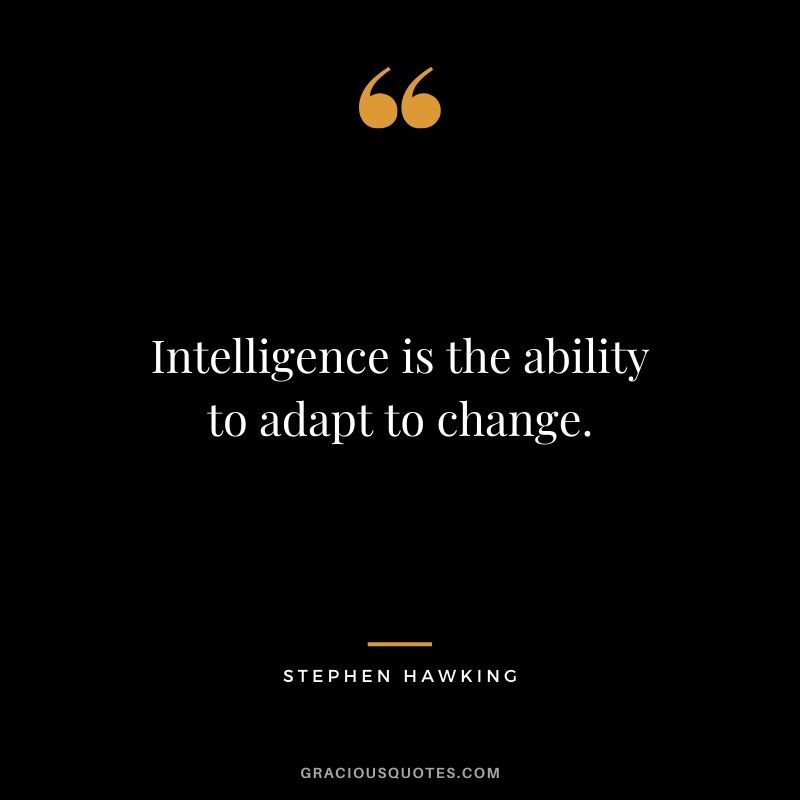

- #Ability to see the bigger picture software
- #Ability to see the bigger picture trial
- #Ability to see the bigger picture series
One possible alternative approach stems from the self-controlled case series approach, most commonly used in medicine. There are not yet best practices for doing so. As such, there is a substantial gap in the literature regarding rigorous approaches to testing interventions in uncontrolled settings. However, cohort studies are vulnerable to problems with bias, because the lack of random assignment may mean systematic differences between those who do well and those who do not. This type of design can often yield a more externally valid sample, with fewer screening criteria or other restrictions to sample membership, which makes generalization more appropriate. The hypothesized cause comes before the hypothesized effect, which is superior to a cross-sectional study when establishing causality. Watching outcomes unfold naturally in this way allows researchers to establish temporal precedence. One common study design in this context, the cohort study, is essentially a longitudinal study in which a sample is followed and tracked over time.

However, some of these issues are addressable with the right kind of data.Īlthough there have been write-ups of psychological interventions that explore efficacy or effectiveness without a control group, these are largely treated as uncontrolled pilot studies where no special approach was taken to offer an alternative to the control group.
#Ability to see the bigger picture trial
It is easy, therefore, to relegate any data analysis that springs from a real-world Internet intervention to a lower status than that from a randomized controlled trial (RCT). Perhaps most problematically, there is no formal control group.

researchers are therefore limited to knowing only what participants tell them over the course of naturally using the product. Researchers often have less flexibility in what they can ask participants, because excessive in-product assessment can reduce retention. Of course, the analysis of naturalistic big data has its own problems, especially in an industry context. Third, by analyzing data outside of the restrictions of a traditional randomized, controlled design (including unstructured data such as text produced by users), researchers are opened up to a new variety of potential research questions and can directly examine the relationship between spontaneous usage and outcome. Second, the sample derived from an existing intervention potentially has much greater external validity because of the lack of a highly controlled experimental setting.

The large number of participants also provides enough power for moderator analyses, which is a capability often available only to meta-analyses. The resulting potential sample size is massive and grants the power to do a class of analyses that could not be considered in a typical study with 100–200 (or even 500–600) users per cell. First, whereas more traditional intervention evaluation studies are usually constrained by budgetary concerns (each participant costs money in order to encourage retention), openly available products generally aim to acquire as many users as possible. Despite the extra care needed to analyze big data, there are some substantial benefits to using a big data approach. Specialized analytic methods are necessary to handle the amount and frequency of data given for a particular user and to accommodate a very large number of users.
#Ability to see the bigger picture software
Such iterative processes take advantage of the short implementation cycles of software as opposed to more traditional medical interventions. Moreover, since the data are produced during normal usage, they can be immediately useful as a means for assessing not only whether the intervention is effective, but also which aspects and parts of it are more effective than others and how the intervention can be modified to become more effective. Big intervention data, therefore, offer the opportunity to test interventions in the real world, where interventions are actually being found by individuals and used naturalistically. While these datasets are often not designed upfront to answer research questions, and therefore often do not have control groups, they are large in size, are rich in content, and offer a view into the intervention that allows users to interact with an intervention naturalistically. These datasets often fall under the umbrella of “big data,” where big data is defined as a dataset so large and complex that traditional data analytic approaches cannot easily handle them. As Internet interventions become increasingly popular-in research settings, but even more so in industry-they yield large datasets that can be used for research purposes.


 0 kommentar(er)
0 kommentar(er)
